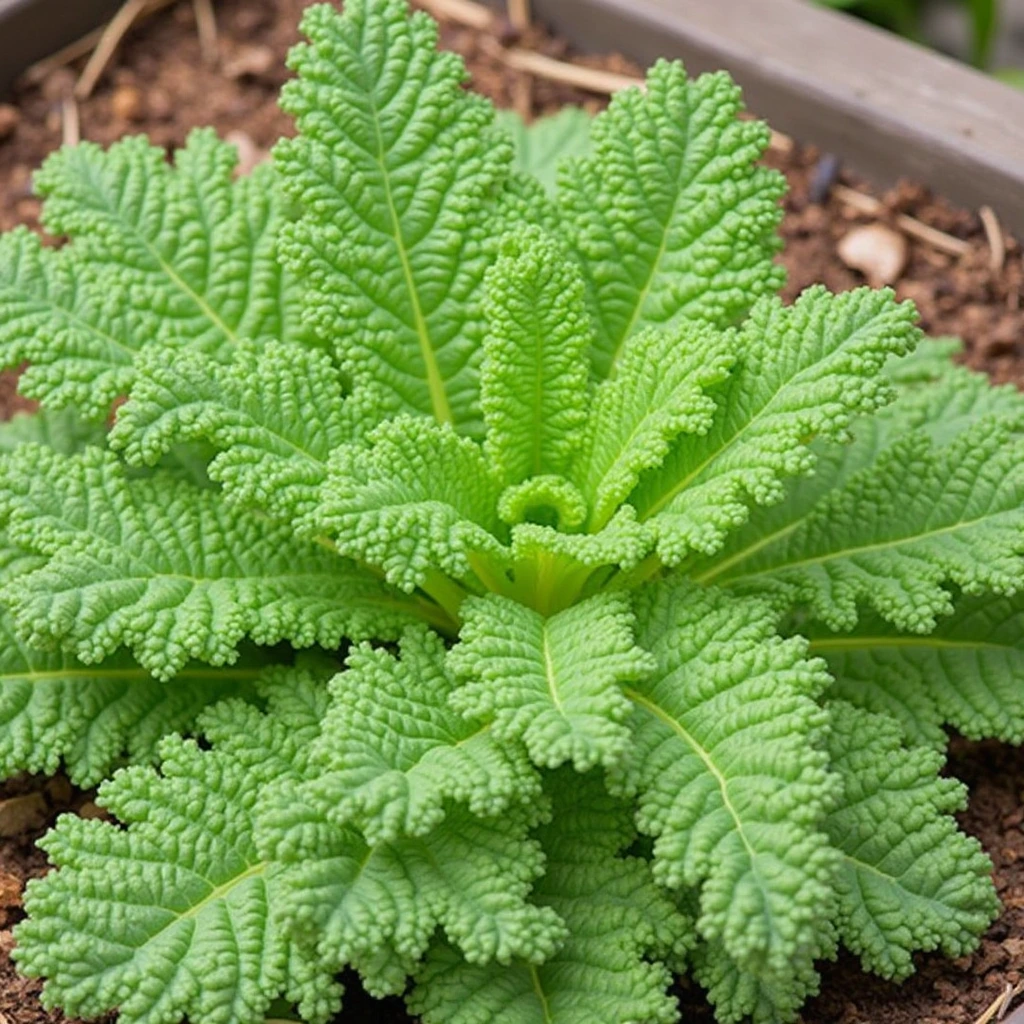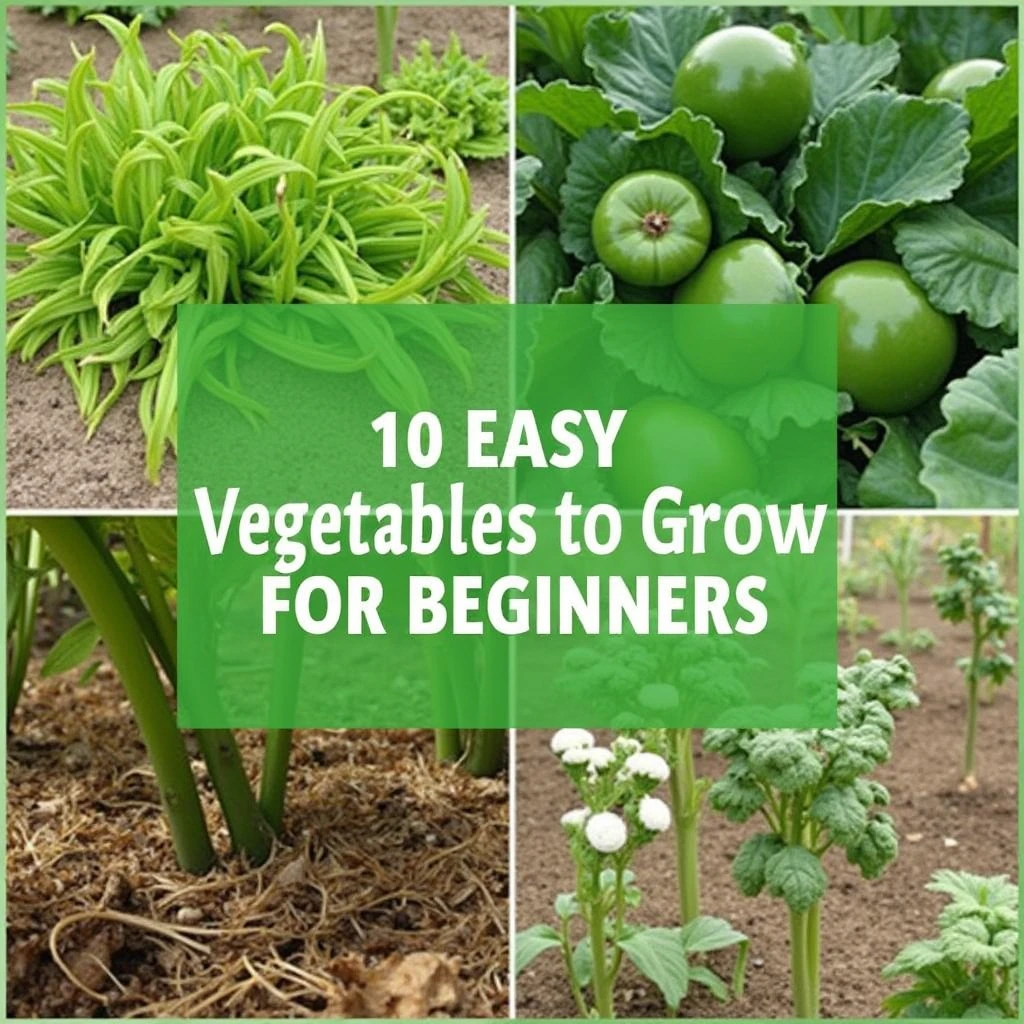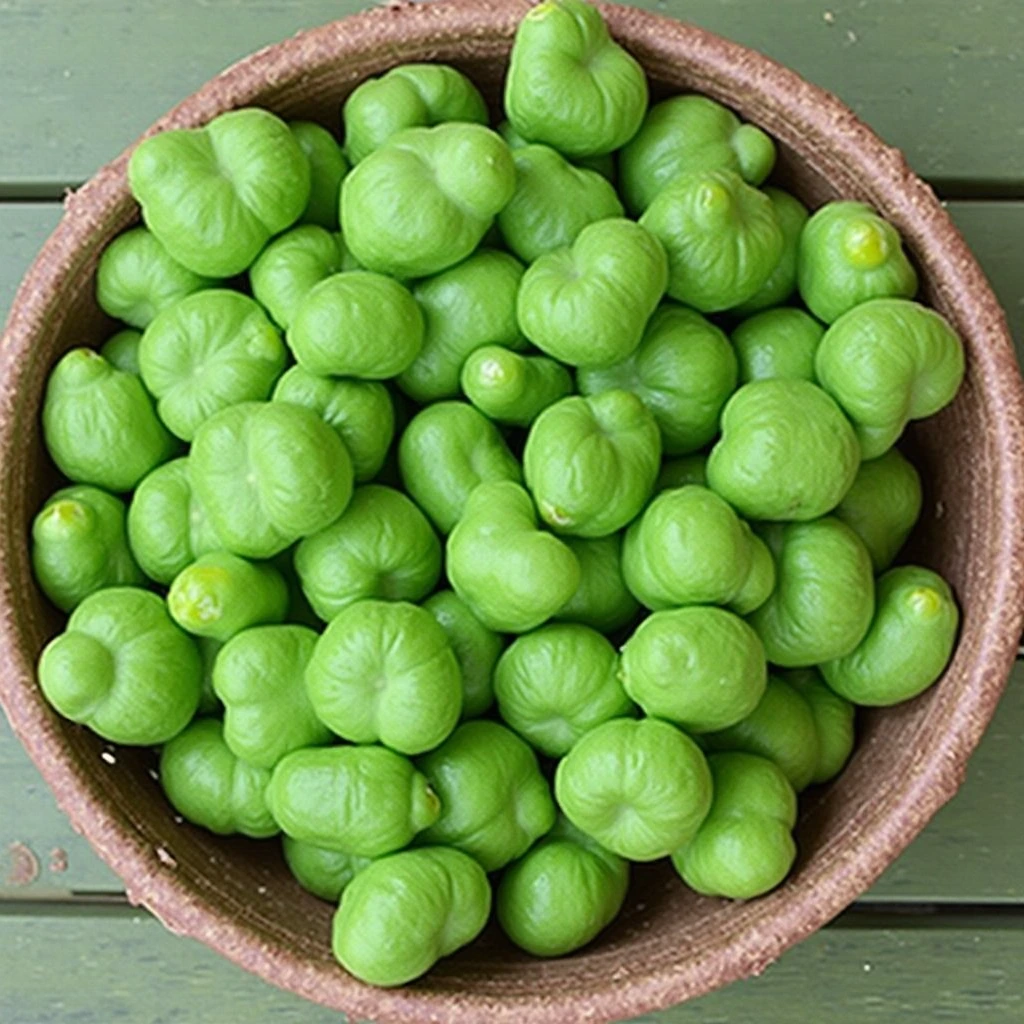10 Easy Vegetables to Grow for Beginners
Starting your first home garden can feel intimidating — but it doesn’t have to be. You don’t need a huge backyard or advanced gardening skills to grow your own fresh vegetables. All you really need is sunlight, good soil, and a bit of patience. This guide covers ten of the easiest vegetables to grow, even if you’ve never planted a seed before. By the end, you’ll be amazed at how rewarding and simple home gardening can be.
![]()
1. Lettuce
Lettuce grows fast and doesn’t require much space. It’s perfect for container gardening or raised beds. You can harvest lettuce leaves individually instead of pulling out the whole plant, allowing it to regrow multiple times. Lettuce thrives in cool weather and partial sunlight — making it an excellent choice for beginners.
Tip: Water lightly every day and keep the soil consistently moist but not soggy. Varieties like Romaine and Butterhead are great starters.
2. Spinach
Spinach is one of the fastest-growing leafy greens, often ready to harvest within 30–45 days. It can grow in partial shade, making it ideal for balconies or windowsills. Spinach loves nutrient-rich soil and cool temperatures.
Pro tip: Harvest the outer leaves regularly to encourage continuous growth. Avoid planting in the hottest months unless you have shade protection.
3. Radishes
Radishes are a beginner’s best friend — they germinate quickly and can be harvested in as little as three weeks. They don’t need deep soil, so you can grow them in shallow containers. Their crisp texture and mild peppery flavor make them a great addition to salads and sandwiches.
Growing tip: Sow seeds directly in the soil and thin them once they sprout. Radishes prefer full sun and well-drained soil.

4. Green Beans
Green beans are hardy and productive, producing a steady supply throughout the growing season. There are two types: bush beans (compact and easy to manage) and pole beans (climbing and yield more). Both types are perfect for beginners.
Tip: Keep soil moist but not wet. Pick beans regularly to encourage continuous growth. If you choose pole beans, provide a trellis or stake for support.
5. Tomatoes
Tomatoes are perhaps the most popular vegetable for home gardens — technically a fruit, but we’ll let that slide. They grow well in containers or garden beds and love sunlight. With proper care, a single tomato plant can produce pounds of fruit over the summer.
Beginner-friendly varieties: Cherry tomatoes and Roma tomatoes. Use cages or stakes to support the plant and water consistently to prevent cracking.

6. Carrots
Carrots are root vegetables that thrive in loose, sandy soil. They’re low-maintenance and store well after harvest. You can plant them directly into the ground or deep pots. Avoid rocky soil — it causes misshapen carrots.
Tip: Keep soil evenly moist, and thin out seedlings to give each carrot room to grow straight and tall. Harvest when tops peek above the soil line.
7. Cucumbers
Cucumbers love sunlight, warmth, and moisture. They grow quickly and produce plenty of fruits. You can choose between bush varieties (compact, good for pots) or vining types (need trellises). With regular watering and good drainage, you’ll get fresh cucumbers all summer long.
Pro tip: Harvest cucumbers when they’re small and tender for the best flavor. Overripe ones can turn bitter and tough.
8. Peppers
Bell peppers and chili peppers are colorful, flavorful, and easy to grow. They prefer warm temperatures and full sunlight. Once planted, they need minimal attention apart from watering and occasional feeding.
Tip: Start seeds indoors in early spring, then transplant once the weather warms up. Fertilize every 2–3 weeks for maximum yield.
9. Zucchini
Zucchini (courgette) is famous for being incredibly productive — even a single plant can produce more than enough for a small family. It grows quickly and does best in sunny locations with rich, well-drained soil.
Growing tip: Space plants at least two feet apart. Harvest zucchinis when they’re 6–8 inches long to keep the plant producing new ones. Larger zucchinis can become seedy and less flavorful.
10. Onions
Onions are hardy vegetables that can tolerate a range of weather conditions. You can grow them from seeds, sets (small bulbs), or transplants. Once planted, they need very little care besides consistent watering and weeding.
Tip: When onion tops begin to fall over, it’s a sign they’re ready for harvest. Let them dry in the sun before storing for long-term use.

Extra Tips for Beginner Gardeners
- Start small: Begin with 3–5 vegetables. It’s easier to manage and prevents overwhelm.
- Use quality soil: A mix of compost and organic matter gives your plants the nutrients they need.
- Water wisely: Early morning is the best time to water. It reduces evaporation and keeps leaves healthy.
- Watch for pests: Inspect plants regularly and use natural remedies like neem oil or companion planting.
- Harvest often: Picking vegetables regularly encourages plants to produce more.
Why Growing Your Own Vegetables Matters
Home gardening isn’t just about saving money — it’s about sustainability and health. By growing your own vegetables, you reduce reliance on store-bought produce that often travels thousands of miles before reaching your table. You’ll eat fresher, more nutritious food while cutting down on plastic packaging and emissions. Gardening also improves mental health by lowering stress and connecting you with nature.
Moreover, it’s a great family activity. Kids love watching seeds sprout and learning where food comes from. It teaches patience, care, and respect for the environment — lessons that last a lifetime.
Conclusion
Starting your first vegetable garden doesn’t have to be complicated. These ten easy vegetables — from lettuce and radishes to tomatoes and zucchini — are perfect for beginners looking to cultivate fresh, organic produce at home. With basic care, sunlight, and consistent watering, your garden will thrive, and your kitchen will never be short of fresh ingredients again.
Remember: Gardening is a journey, not a race. Start small, learn as you grow, and enjoy the simple joy of harvesting food you grew with your own hands. Once you taste your first homegrown tomato or crisp lettuce leaf, you’ll never look at store-bought vegetables the same way again.